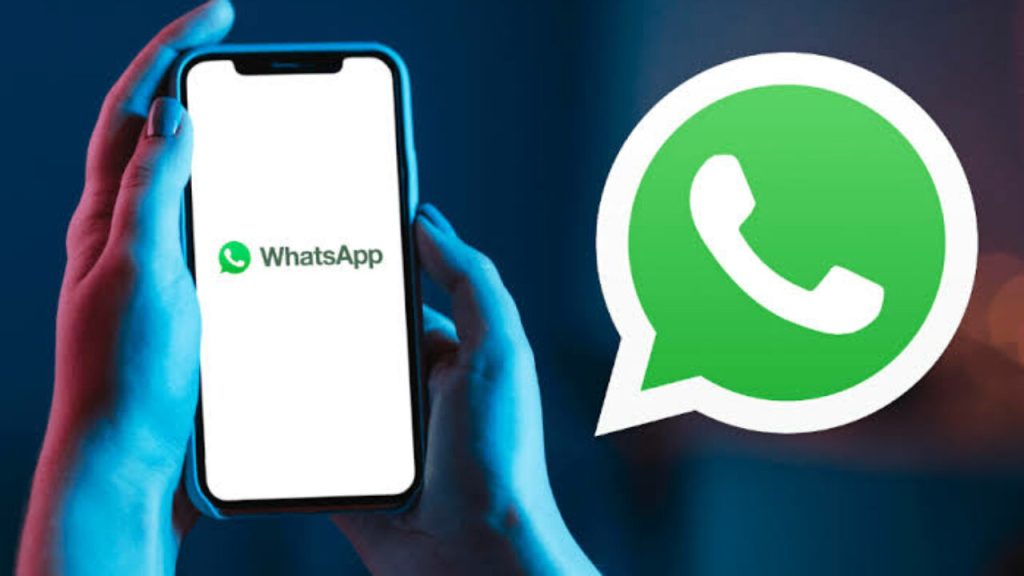In a sweeping upgrade, WhatsApp has transformed its video calling experience. Now, users can enjoy shared video viewing during calls, amplifying the screen-sharing feature introduced last August. This enhancement comes alongside a significant increase in the maximum number of participants allowed per call, raising it to 32 across all devices. Previously, Windows and macOS users were limited to eight participants, while mobile users could host up to thirty-two.
This puts WhatsApp on par with Apple’s FaceTime, which also accommodates up to 32 participants. Another standout addition is the speaker spotlight feature, automatically highlighting the current speaker to ensure clarity during conversations.
Behind these upgrades is Meta, WhatsApp’s parent company, which has introduced the Meta Low Bitrate (MLow) codec. This codec aims to bolster call reliability, particularly in low-network conditions and on older devices. It boasts twice the audio quality while being 10% less computationally complex than the previous Opus codec. Already in use for Instagram and Messenger calls, MLow is now set to enhance WhatsApp’s calling experience as well.
In addition to these improvements, WhatsApp is working on a feature to facilitate easier chat history transfers between devices. This feature, seen in the latest WhatsApp beta for Android (version 2.24.13.6), allows users to transfer chat histories by scanning a QR code in app settings. This approach eliminates the need for manual backups via Google Drive or physical cables when switching between iOS and Android devices.
While specific details about the universal deployment of this feature remain unclear, it promises a seamless user experience across different operating systems. WhatsApp continues its commitment to enhancing user experience and simplifying data transfer processes, as evidenced by ongoing beta testing, with further updates expected in the coming weeks.


